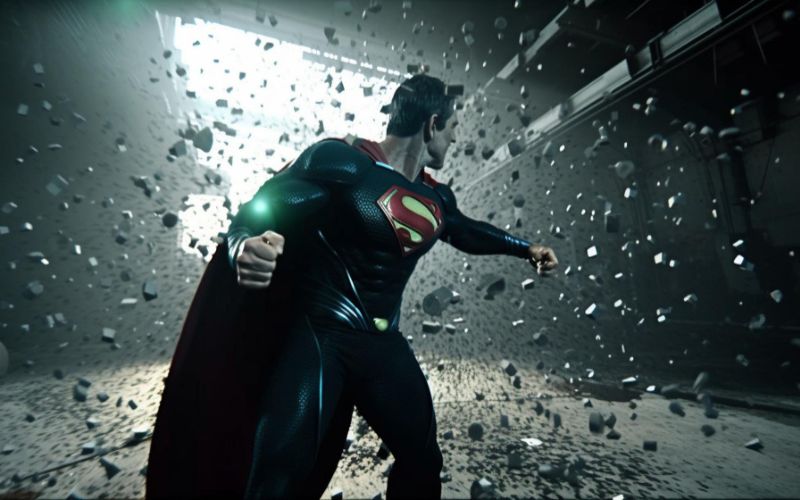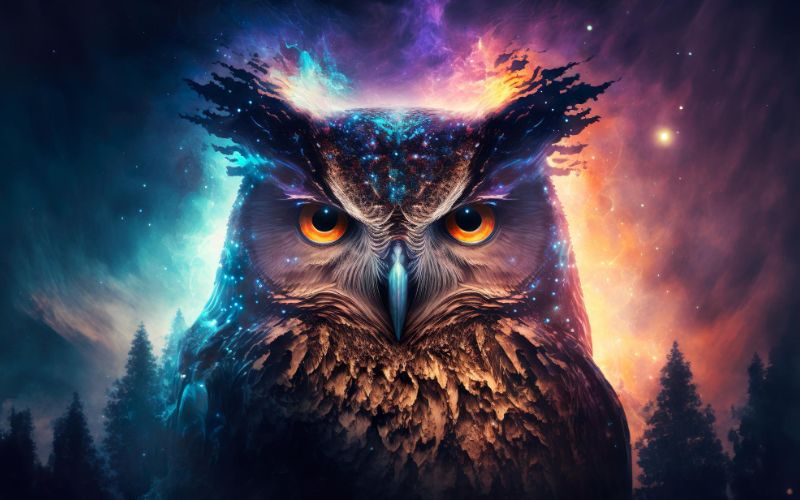Table of Contents
# Understanding VFX
# How has VFX Animation Changed the Film Industry?
# Types of VFX
# The VFX Workflow
# How Can VFX Courses Help In Effective VFX Understanding And Which Is The Best VFX Professional Course
In the world of film and visual storytelling, nothing captivates an audience like spectacular visual effects (VFX). From the awe-inspiring landscapes of fantasy realms to mind-blowing action sequences and larger-than-life creatures, VFX brings imagination to life on the big screen.
But what exactly is VFX, and what does it mean in the context of filmmaking? It may sound too much but it’s not that much complicated to comprehend. However, a VFX animation course can help you to learn more about VFX in detail with practical experience.
In this blog, Let’s delve into the world of VFX and how a VFX course can help you to know more about VFX in a better and effective way.
Understanding VFX
Visual effects, or VFX for short, is the term used to describe the post-production alteration of imagery to provide fantastical or realistic visual components that improve a film’s narrative. A variety of methods, such as computer-generated imagery (CGI), tiny models, props, and real effects, are used to create these effects, which are then seamlessly incorporated with live-action video.
How has VFX Animation Changed the Film Industry?

VFX plays a crucial role in modern-day filmmaking. It enables filmmakers to transport audiences to fantastical worlds, create breathtaking environments, and bring imaginary creatures to life. From adding a realistic backdrop to a scene filmed on a green screen to creating explosive action sequences and transforming actors into fantastical characters, VFX breathes life into the director’s vision.
Visual effects are not limited to the realm of fantasy or science fiction films. They are found in various genres, including dramas, thrillers, and even romantic comedies. Whether it’s enhancing the mood with subtle color grading, removing unwanted elements from a shot, or creating a realistic period setting, VFX enhances the storytelling and elevates the overall cinematic experience.
Types of VFX
VFX encompasses a wide range of techniques and applications. Here are some common types of VFX seen in films:
- Matte Painting: The technique of combining painted backdrops or digital images with live-action footage to create realistic or surreal environments. Matte paintings can be used to extend or enhance existing sets or create entirely new worlds.
- Compositing: The process of combining multiple images or footage elements to create a final shot, blending real and digital elements seamlessly. This technique is often used to integrate CGI into live-action footage, making it appear as if they exist in the same space.
- CGI: Computer Generated Imagery involves creating entire environments, characters, or objects using computer software, giving filmmakers unlimited creative possibilities. Whether it’s a fully digital character like Gollum in “The Lord of the Rings” or a massive space battle in “Star Wars,” CGI is used to create the impossible.
- Motion Capture: Using sensors and cameras to capture actors’ movements and then applying that data to create realistic animations for CGI characters. This technique enables filmmakers to create lifelike performances for digital characters by capturing the nuances and subtleties of human motion.
- Simulation and Effects: Creating dynamic elements like explosions, fire, water, and weather through simulation software, adding realism to scenes. These effects can be used to enhance action sequences or create natural phenomena that would be impractical or dangerous to capture in practical terms.
- Digital Makeup: Using digital techniques to alter an actor’s appearance, whether it’s enhancing their features, aging them, or even completely transforming their looks. Digital makeup allows filmmakers to achieve stunning visual transformations without the need for extensive prosthetics or makeup.
The VFX Workflow

VFX artists work closely with directors, cinematographers, and production teams to seamlessly integrate visual effects into the filmmaking process. The VFX workflow typically consists of several stages:
- Pre-Production: During this stage, VFX supervisors collaborate with the director to plan and visualize the visual effects required for the film. Storyboards, concept art, and previsualization techniques are used to communicate the desired look and feel.
- Production: VFX teams work on set to capture necessary data and elements for later integration into the final shots, such as green screen footage or reference images. This stage may also involve the use of practical effects or props that will be enhanced or replaced digitally in post-production.
- Post-Production: This is where the magic happens. VFX artists meticulously craft each visual effect, working with specialized software and tools to create the desired result. This stage involves 3D modeling, texturing, animation, and compositing, among other processes.
- Integration: In the final stage, the VFX shots are combined with the live-action footage, ensuring seamless integration of visual effects into the film. Color grading and other post-production processes may also be applied to achieve the desired look and feel.
How Can VFX Courses Help In Effective VFX Understanding And Which Is The Best VFX Professional Course?
VFX courses provide hands-on experience, technical skills, and a comprehensive understanding of the VFX workflow. Also, if you are looking for the best VFX professional course then George Animatrix is the best option.
By enrolling in our VFX courses, students can expect to gain hands-on experience and hone their technical skills through practical projects and real-world scenarios. Our experienced instructors guide students through the entire VFX workflow, from pre-production to post-production, ensuring a comprehensive understanding of the process.
Conclusion
VFX is an invaluable tool in the world of filmmaking, allowing directors to bring their imaginations to life and transport audiences to new worlds. From elaborate action sequences to jaw-dropping visual landscapes, VFX allows for limitless creativity and immersive storytelling. As technology continues to advance, we can only imagine the incredible visual spectacles that will grace the big screen in the future, thanks to the artistry and technical wizardry behind VFX.



